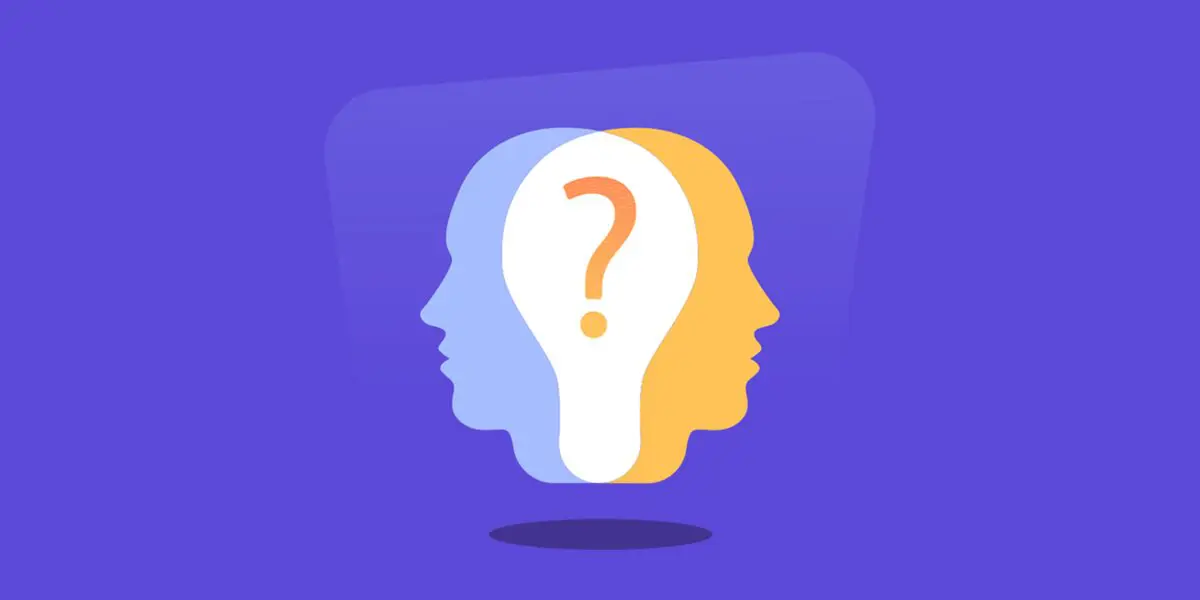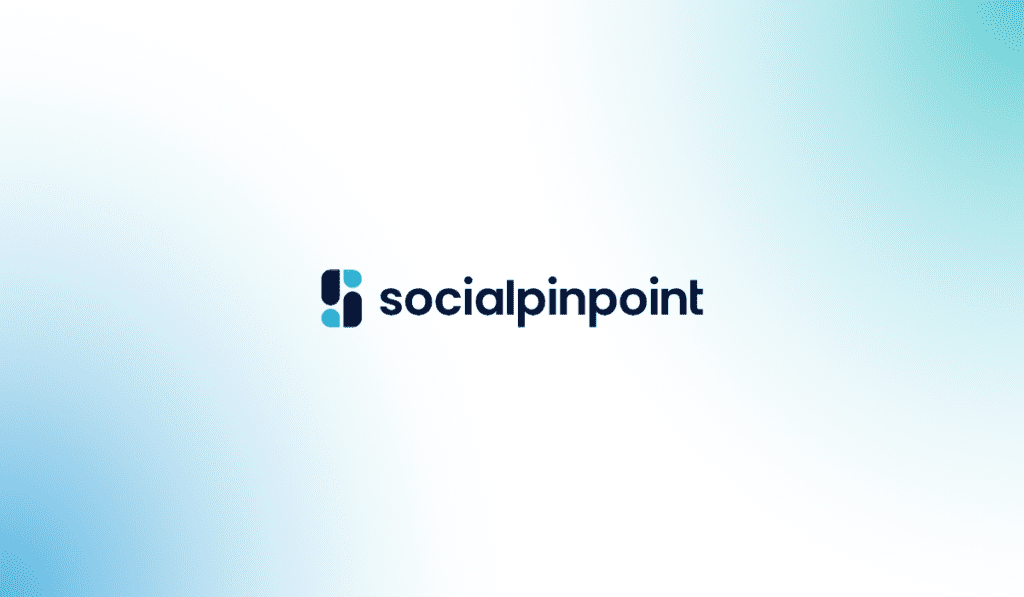There is a difference between problem defining and problem-solving, and most of us have a tendency to dive straight into the latter when we’re confronted with an issue. We recently spoke to Felicity Farmer about the complexity of community issues and how to identify the real problem at the heart of many moving parts.
Albert Einstein believed that defining a problem meticulously is the key to finding a good solution. He famously said, “If I had an hour to solve a problem I’d spend 55 minutes thinking about the problem and five minutes thinking about solutions.”
This is especially the case when we’re faced with complex community issues which don’t always have concrete rules or algorithms that define how things work. Communities are open systems and decision-makers run the very real risk of adding to (and even compounding) a community’s problems when they rush to solve them.
So, how can organizations that are trying to provide community solutions ensure that they have first identified the real problem at hand?
We posed the question to Felicity Farmer, who has created new ways of seeing complex problems for various communities and organizations throughout her expansive career. With a passion for meaningful inclusion and systems thinking in decision-making, she has served the community as a proactive Brisbane City Councillor, as well as a facilitator of policy and evidence-based engagement in the healthcare and infrastructure industries.
Why are the challenges that our communities face so complex?
We can see the overwhelming complexity of communities when our “solutions” of the past create even bigger unforeseen problems in the future. What is real for communities is always changing based on new evidence and evolving external landscapes, so we can’t always rely on what we think we know to make the best decisions today.
It’s arguable that as a society, compared to First Nations peoples around the world, we have lost the ability to truly grasp the big picture and how everything is related. For example, we have developed a habit of discounting the impact of lost biodiversity because we forget about our reliance on nature to exist. We may tend to think that humans are superior to animals because we wear clothes. In reality, animals have fur because they are uniquely adapted to and in tune with their environment.
As the widely read book Thinking Fast and Slow demonstrated, this natural survival tendency to jump and act without thinking more deeply tricks us all the time into thinking we are being rational when we are not. Iain McGilchrist argues in his book, The Master and the Emissary, that this tendency has become too dominant as our society has become overly “left-brained”, being overly reliant on what we think we have learned in the past to make quick decisions for the future, without taking sufficient notice of what’s real now.

To deal with the complexity of our communities and the interconnected world, we have to use slow thinking. While slowing down may seem counterintuitive, it is the antidote to action bias which leads us to skip problem identification in policy or decision-making. It can help us see past our habitual assumptions and mental shortcuts, observe the real problem and give insights enough time to percolate.
Once we’re brave enough to explore and offer psychological safety for people with different views outside the public discourse to speak up, we can open our eyes to see the big picture and realize we are all active players on the stage of history. Our spacious “right-brain” helps us see the whole community system rather than just the parts.
Why do you think it’s important for organizations to identify the real problem at hand before coming up with solutions?
The risk of not identifying the real problem at hand is that governments or companies discover that they are working on the wrong project too late. Action bias can lead us to assume that it’s better to do anything rather than nothing. However, wherever we are in the overall system, public or private, frontline or support, we always want to know that we are making the world a better place by working on the most needed problems. We don’t want our efforts to go to waste.
The book Megaprojects and Risk: An Anatomy of Ambition by Flyvbjerg, Bruzelius, and Rothengatter explores the experience of realizing your project should be cancelled after it has been initiated. “Path dependency” can kick in and make project decision-makers feel compelled to finish what they started even though the planned outcomes are no longer likely due to a misunderstood or changed environment. People can feel expenditure and reputation are too much at stake to stop.
I once worked with a local business precinct that didn’t know how to survive in the face of new competition from another shopping centre that had left their streets deserted. Their active local Chamber of Commerce had implemented a large investment in developing a new mall, but this initial solution had failed to attract people back. The group didn’t have a lightbulb moment until they identified all stakeholders, listened to the community. Only then did they realise they needed to form a precinct committee to include them in their decision-making on an ongoing basis, so they could have a better chance of understanding the root causes of problems.
Can you describe a time in which you were trying to solve a complex community problem and how you approached it?
I worked with a community that was concerned about a growing drug problem among high school students and to challenge our thinking, we invited someone from the outside who could help us explore the wider context of the problem. The doctor who was at the coalface of working with young people in prisons joined local community groups, including older people in our daytime engagement session.
We found ways to step back and see the wider context of the presenting problem and explore it from different perspectives. Working together resulted in a lightbulb moment for everyone present. They realized they needed to offer more for young people to do in the local area to help them feel respected and build their self-esteem. Then and there they came up with a name for a new local committee that would link community groups and initiatives to create more local activities. One example was a forum theatre, where a group of young people could play out situations in which they had perceived local bus drivers, teachers, or police officers as oppressors. This gave them an opportunity to explore different ways of responding to them, rather than as ‘troublemakers’, and those community stakeholders were invited to see the performance.
What problem identification techniques do you continue to use regularly?
In my Social Work degree and MBA, we were taught to practice double-loop thinking which is to question whether the presenting problem is the real problem.
This has come in handy and is how I came to the field of engagement. I was working in health policy development where I experienced early on what goes wrong without involving diverse perspectives from the start so that everyone is on board with the solutions and can even help drive implementation. Solutions imposed can fall flat or take much longer to implement.
Developing a listening orientation is an important part of this. I am sometimes surprised by how many are naturally reluctant to speak up or share their perspectives at all but know there are a multitude of reasons. So, we need to be proactive in creating psychologically safe spaces for different groups of people or personalities who are “hard-to-reach” so they will speak up. Online engagement tools are valuable in this regard as they enable even more people to participate and develop an understanding of the problem together.
At the same time, it can’t be overstated how challenging it can be for any type of group, including work groups, to go to others (whether they know them or not) to ask open-ended questions and really listen to better understand a challenge they are working on, especially if those stakeholders are perceived as aggressive.
Brené Brown writes about this as a new leadership capability, being to lead by role modelling that it’s ok to show vulnerability, that we may not know the answer upfront, or that we made a mistake at first and need external help. In fact, this role modelling is how we can be proactive in creating psychologically safe spaces. This dynamic applies equally to solving complex community challenges.
Over the past ten years, most Australian states have developed excellent guidelines on community participation, taking into account all of the above concerns based on IAP2 standards and some have followed through with widespread training of their public servants.
For example, Victoria recognises the role that trust plays in government capacity to problem solve successfully, and their Auditor-General conducts audits of community involvement in government decision-making across Local Councils and State Government, including central agencies.
How does rigorous problem identification change community outcomes?
Rigorous problem-identification pivots our focus to the root causes rather than just the presenting symptoms so that we can avoid band-aid solutions.
If we include correct problem identification as stage one of a project, then we are also more likely to move to solution development with a clear set of values and guiding principles. We can be clear why we’re there and with the foresight of diverse perspectives, we can shine a light on otherwise hidden unforeseen consequences and address them. In this way, we can help ensure the solution will be nested within the rest of the system and, in turn, its even wider system.
The earlier we involve other perspectives, such as community, the more effective and practical the solution will be and the more successful its implementation. Some states are reaching out earlier than ever and achieving more than the core goal. They ask local business and community stakeholders, “What other problems can we solve for your community while we’re here?” transforming the design of solutions for the better.
I am a firm believer that collective problem-solving changes communities forever and makes them more welcoming to major projects. As people share and listen to each other’s different perspectives as equal partners, new and enduring local connections are made that strengthen the community’s problem-identification and solving muscle for the future.












